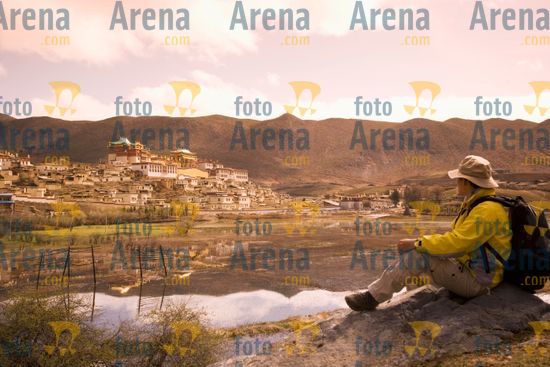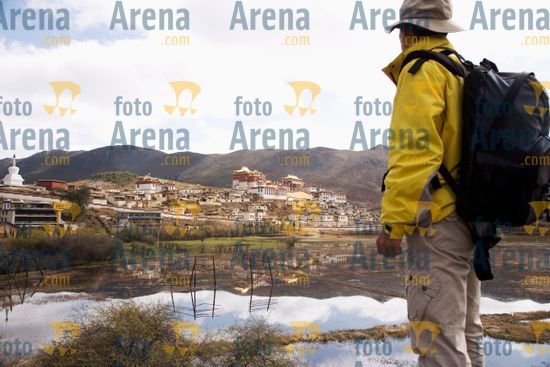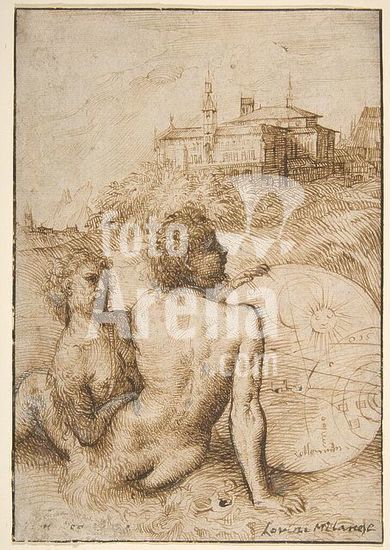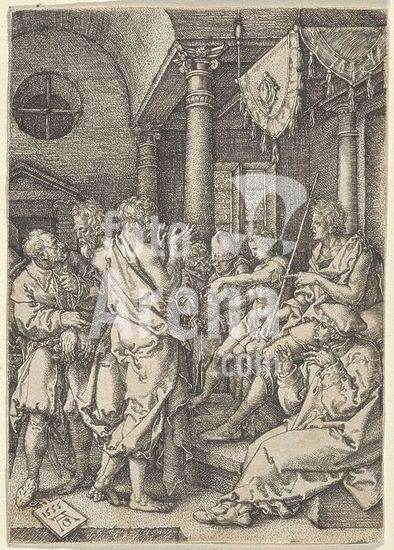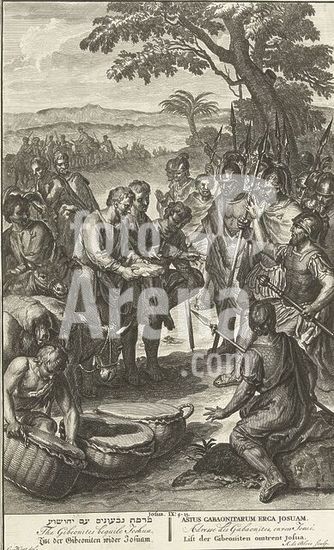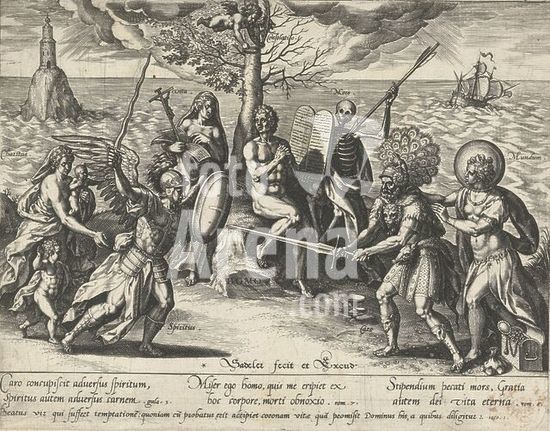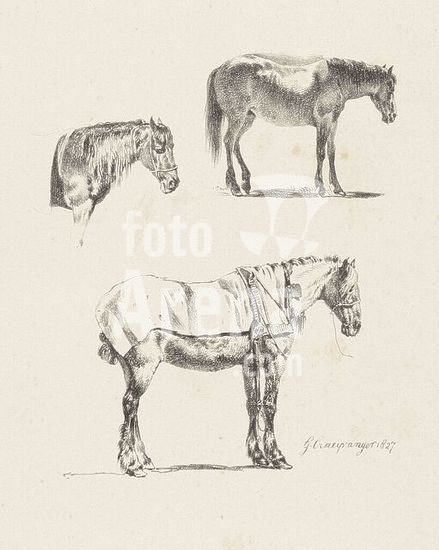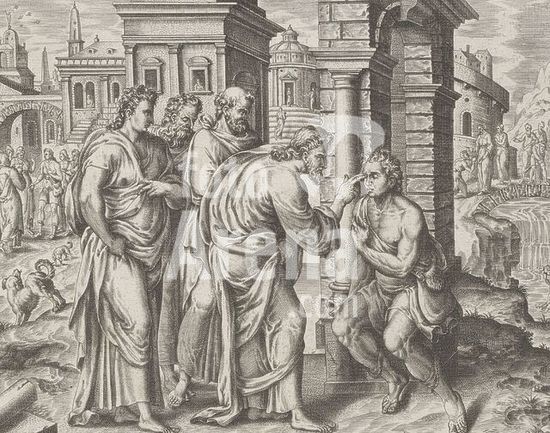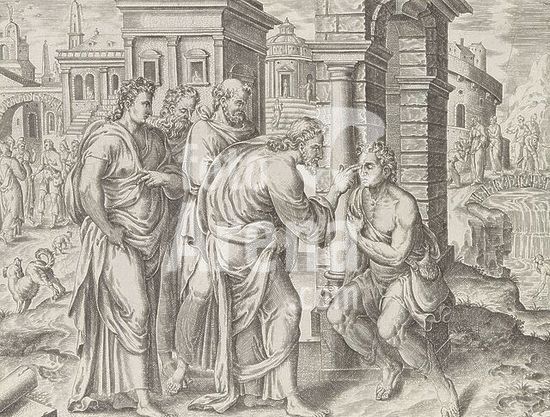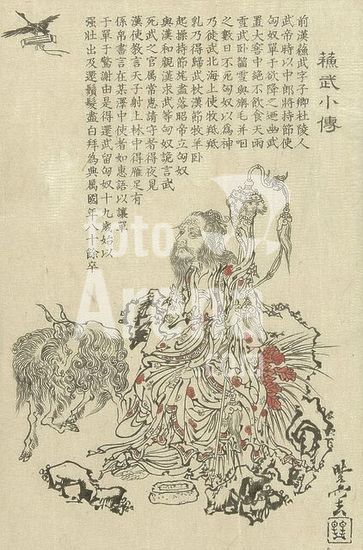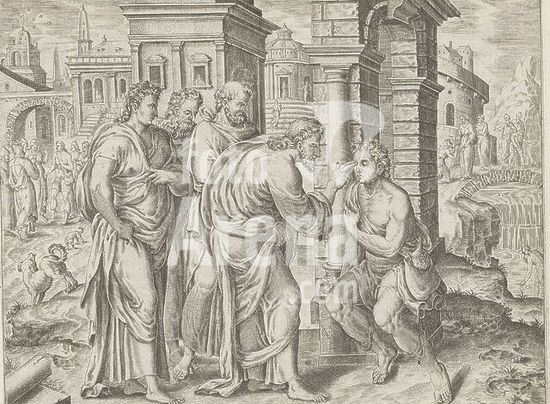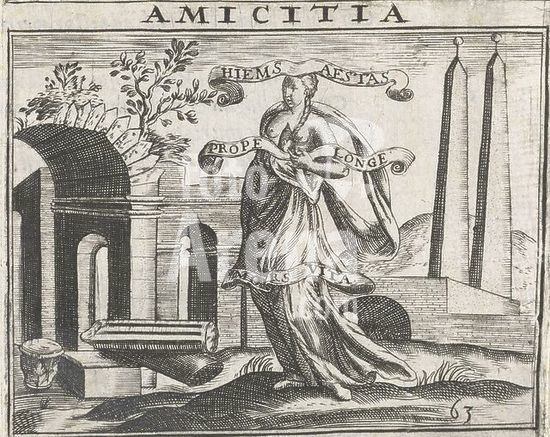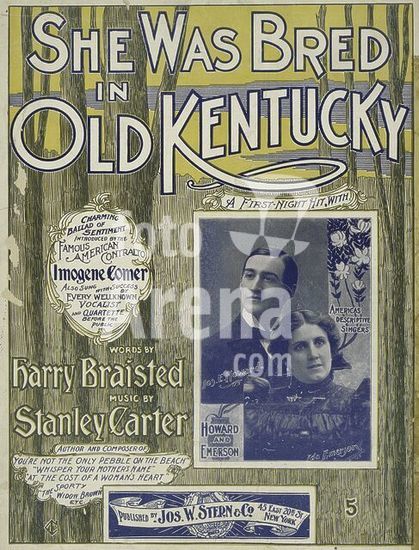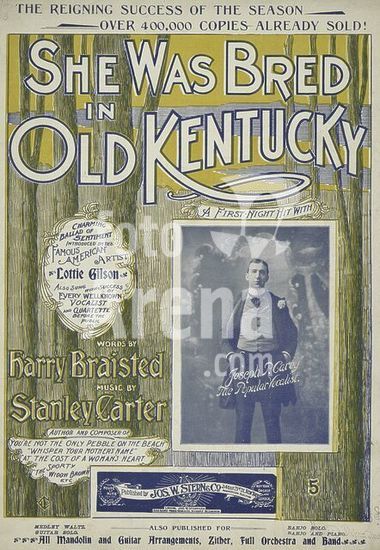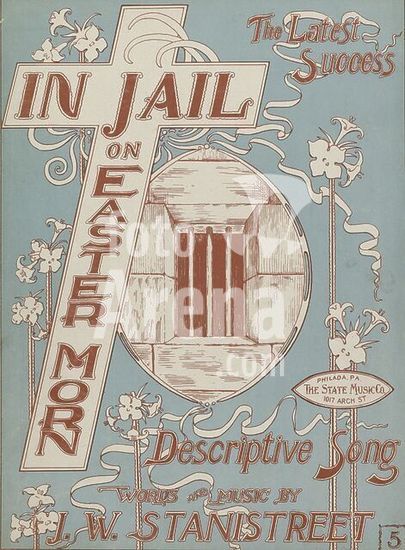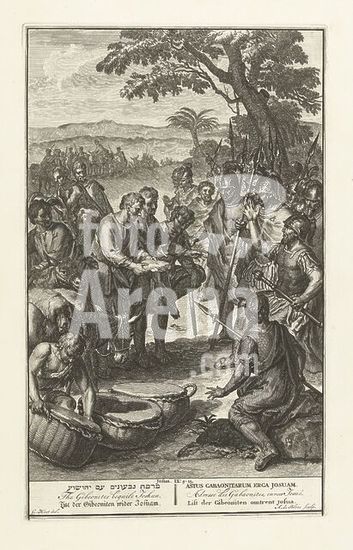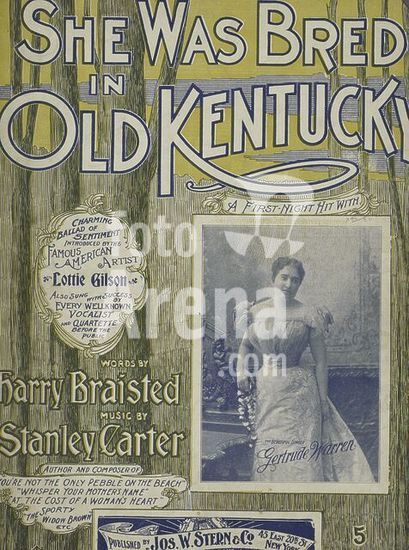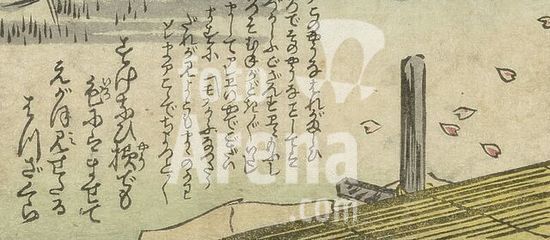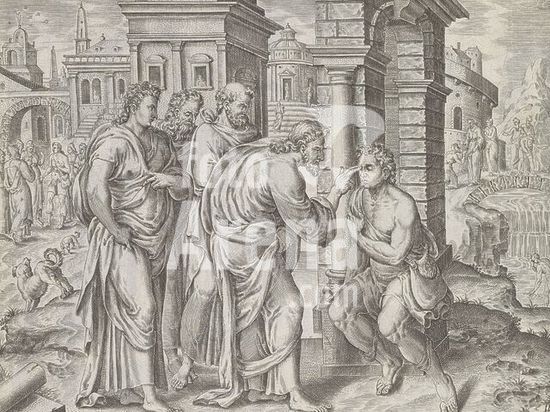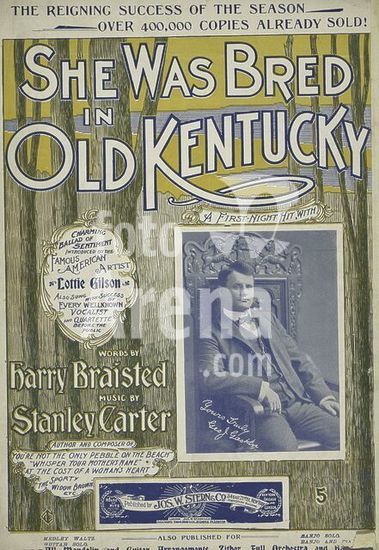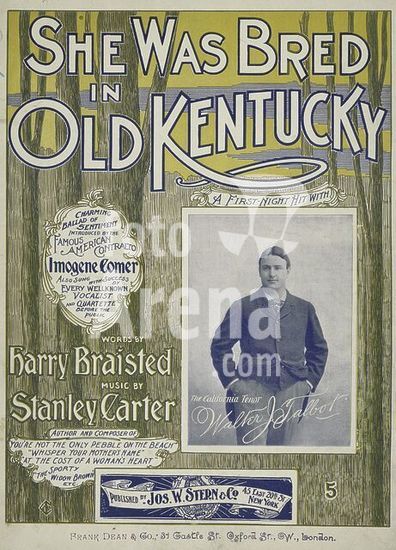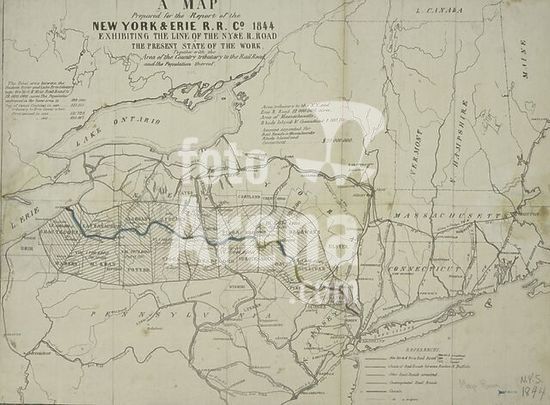
alb3664110
Design for the Tomb of Pope Julius II della Rovere. Artist: Michelangelo Buonarroti (Italian, Caprese 1475-1564 Rome). Dimensions: 20-1/16 x 12-9/16 in. (51 x 31.9 cm). Date: 1505-6.By 1505, eight years before his death, Pope Julius II della Rovere (reigned 1503-1513) had apparently already began contemplating plans to erect a grandiose tomb for himself in the new Saint Peter's Basilica being constructed according to Bramante's design, and entrusted Michelangelo with the sculptural project. In March-April 1505, Michelangelo probably began the first drawings for the tomb project which according to a first (lost) contract, was to cost 10,000 ducats, was to be finished in five years, and was to be sited in Saint Peter's at a location that was to be determined. Some of these intentions are already alluded to indirectly in Michelangelo's letter from Florence to his friend, the architect Giuliano da Sangallo in Rome, on May 2, 1506, for it was Giuliano who had encouraged the Pope in his choice of Michelangelo as the sculptor of the funerary program, amidst the heated artistic jealousies of the papal court. As described in Ascanio Condivi's biography of Michelangelo (Rome, 1553), the tomb of Julius II was to have been a three-story freestanding monument and may have included as many as forty-seven large figures carved of Carrara marble, but Michelangelo's project was interrupted by other papal commissions, chiefly the frescoes on the Sistine Ceiling (executed from 1508 to 1512), with which the early drawings for the Julius Tomb share considerable similarities of style. Following the pope's death on February 21, 1513, Michelangelo signed a second contract for a reduced version of the tomb to be finished in seven years. For a number of reasons, the Metropolitan Museum's drawing with its subtly pictorial illusionism of the architecture appears to reflect the first version of the Julius Tomb project, around 1505-6, as was convincingly argued by Michael Hirst in 1988, rather than that of the various designs produced after 1513, as has frequently been maintained in the literature. It is of much more subdued design and scale than the recto of the comparably large, nearly ruined drawing in the Kupferstichkabinett (inv. KdZ 15305), Berlin, which is the design most likely reflecting the contract of May 1513 for the Tomb of Pope Julius II. But the damaged autograph drawing by Michelangelo in Berlin is best understood through the faithful if awkward copy after it by Jacomo Rocchetti, preserved in the same collection (Kupferstichkabinett inv. KdZ 15306, Berlin; Fig. 1). To the present author's eye, the appearance of Rocchetti's design is that of a very clean copy-drawing, in which the underdrawing was the result of a "calco" method of transfer from Michelangelo's sheet (Kupferstichkabinett inv. KdZ 15305 recto); in a process much like a carbon-paper copy, the original by Michelangelo was placed on top of a sheet with a black-chalk-rubbed verso and another blank sheet underneath (Rocchetti's surface), and the outlines of the original were then incised with a stylus through the two layers of paper. Tellingly, the deriving copy is inscribed on the bottom of the sheet: "questo disegno é di Michelangelo buonarota hauuto da M[aestro] Iacomo rocchetti" (this design is by Michelangelo Buonarroti derived by Maestro Iacomo Rocchetti). The Berlin design by Michelangelo (as understood from Rocchetti's clean copy) is also more subdued in design than what is seen of the lower part of the monument in the drawing at the Uffizi (inv. 608 E recto), Florence, once owned by Pierre-Jean Mariette and which is perhaps a somewhat earlier version of the design than the Berlin drawings while being from the same 1513 campaign.The diagrammatic clarity of form and precise construction of architectural elements in the large Metropolitan Museum sheet are typical of modelli (demonstration drawings), produced for presentation of the design to a patron or to be used for the execution of the design by members of the workshop. As may be deduced from the Metropolitan drawing, the massive tomb ensemble was to be a three-sided structure attached to a wall, and in a daring departure from tradition, Michelangelo designed the pope's effigy to be seen frontally, and within the tall arched niche, angels raise the dead pope toward the Virgin and Child. A quick outline sketch in pen and brown ink for the Pope's raised effigy, seen in a side view facing left (Casa Buonarroti inv. 43A verso, Florence; Fig. 3), best allows one to envision the design of this main figure in elevation, as it were, in the 1505-6 monument. The upper part of the wall tomb with its monumental niche, or cappelletta, as it is called in the Julius Tomb documents, is of approximately the same design, though squatter than in the Berlin drawings and the architectural detailing is in a style closer to that of the Quattrocento. Also similar to the solution evident in the Berlin drawings are the motifs of the Virgin and Child in the mandorla (anticipating the design of Raphael's Sistine Madonna, Gemäldegalerie, Dresden, of 1513), with the dead pope in frontal view being supported over the sarcophagus by angels. But eliminated from the Berlin drawings are the figures of the youths with hirsute hair and somewhat whimsical expression who flank and face the niche in the Metropolitan sheet -- that on the left with an aspergillum and bucket of holy water, that on the right with a censer; in the Berlin sheets, these flanking figures are idealized and more schematic, while looking outward. The lower part of the Metropolitan drawing, however, most radically differs from the designs in the Uffizi and Berlin sheets. It omits the classicizing figures of the slaves and herm pilasters seen in the latter, and the nearly square relief at center offers an inventive portrayal of the Gathering of Manna (Exodus 16:11 - 36; Numbers 11:7 - 9), with acorns falling from an oak tree, in allusion to the heraldic device of the Della Rovere family (in Italian, "rovere" means oak). The Della Rovere acorns abound elsewhere in the design, filling a footed cup between two reclining river gods at lower center, and they decorate the finials of the thrones of the sibyl and prophet on the second storey of the monument. Allegorial figures of Charity and Faith stand within the niches to the left and right on the lower storey. The projection of the tomb from the wall is indicated by statues of standing figures seen in profile at extreme left and right, and the ensemble portrayed in the Metropolitan Museum drawing would have rested on a stepped base, as is seen in the Uffizi and Berlin designs, but which in this case is cropped by the lower border of the sheet.The early date of the Metropolitan sheet in 1505-6 is confirmed by the style of the figures, similar to those in the small pen-and-ink jottings on the sheet connected with the Battle of Cascina (Uffizi inv. 233 F, Florence); as well as further by the discovery in 1990, of the fragmentary designs for the Julius Tomb, on the versos of two corresponding portions of the same sheet now in the Musée du Louvre, Paris, and of which the recto of one sheet depicts a nude seen from the back for the Battle of Cascina, began in 1504. "The tragedy of the tomb," as Condivi called Michelangelo's forty-year ordeal in producing the Tomb of Julius II, did not end until 1545, when the present, much scaled-down structure was installed in San Pietro in Vincoli in Rome, far away from the papal majesty of Saint Peter's Basilica (Fig. 2); the most in-depth study of the related drawings for the Julius monument is by Claudia Echinger Maurach. The gradual reinstatement of the large, carefully rendered Metropolitan Museum drawing in the Michelangelo literature is due to Michael Hirst in 1976, who published the first detailed analysis of it, also advocating for the authorship of Michelangelo himself; the Metropolitan Museum of Art had acquired the drawing fourteen years earlier, as a work by the school of Michelangelo. While the attribution to Michelangelo has met mostly with approval since 1976, it was not endorsed by Charles de Tolnay in his Corpus (1975-80), who considered it a copy, with a style of outline-drawing too calligraphic, too soft, and less dynamic than Michelangelo's autograph studies, and the drawing was also more recently rejected by Frank Zöllner, Christof Thoenes, and Thomas Pöpper in 2008, without offering any reasoning. Hirst's opinion in 1976 was that the Metropolitan sheet dated more or less to the time of the Berlin design (Kupferstichkabinett inv. KdZ 15305), but in a revised opinion in 1988, proposed instead the Metropolitan drawing as Michelangelo's original project of 1505 for the Julius Tomb. Michelangelo's designs for the Tomb of Julius II offered meaningful visual sources (perhaps even normative ones) for artists of the following generation, as is seen, for example, in the design produced by Antonio da Sangallo "The Younger" for the Tomb of Pope Clement VII. Both drawings served as modelli, or demonstration drawings, perhaps for the patron, being precisely executed over a comprehensive construction with the stylus, compass, and ruler. While Michelangelo's working drawing is in good overall condition, the design has been roughly silhouetted and mounted onto a larger sheet, and the drawing surface seems sufficiently abraded for the underdrawing to have disappeared in several passages; the sheet also exhibits minor accretions, a horizontal crease at center, and some brown stains.Carmen C. Bambach (2009, revised in 2014). Museum: Metropolitan Museum of Art, New York, USA.
DC




